Gen. Jay Raymond has talked about it for years and now he’s emblazoning it as the one-word mantra for the 10-month-old Space Force he leads.
Speed.
As chief space officer, Raymond is building speed into the very culture of the new service and ensuring its new recruits get the message in basic training. America will win in orbit only if it can make faster decisions, rapidly develop new spacecraft and new tactics, and have troops who understand the urgency required in the future, he says.
“One of the things we want to get after is speed,” Raymond told The Gazette.
Raymond, who now works at the Pentagon atop the Space Force, spent much of the past year commuting between Washington, D.C., and Colorado Springs as he led the Air Force's space efforts amid the transition to a new service.
He said Air Force Space Command, which he led before it was transitioned to the Space Force, gave him a solid legacy to build on.
"But we have an opportunity here," he said.
Raymond said that from organizational charts to procedures used to buy new satellites, the Space Force is being streamlined.
"One of the important things we get to do is design this force on a blank sheet of paper," he said.
Layers of management have been slashed away, with decision-making pushed down to the lowest level, rather than flowing through a series of generals.
While it used to be joked that the U.S. military floats on a sea of paperwork, Raymond’s Space Force will spare those trees.
“We are building this service as a digital service from day one,” he said.
The first recruits who headed off to basic training this past week went there with tablet computers that will fill in for text books.
“They will all be fluent in a second language, and that second language is a computer language.”
The space service is also breaking new ground by putting American payloads on the satellites of allied nations.
“That will get us to orbit faster,” he said.
Speed wasn’t always the top priority for America’s military space efforts. Programs like a space-based radar system suffered through a decade or more in development only to be canceled. The nation’s newest missile warning satellites got to orbit in recent years only after decades of stop-and-start development that piled up billions of dollars in cost overruns.
Now, Raymond says he is looking to the lightning-fast pace of entrepreneurial companies like SpaceX and new civilian programs that are using production line techniques to pump out cheaper satellites at a pace unseen before.
Space Force is building toward a roster of more than 6,000 troops — the moniker for Space Force personnel is still being decided — after starting year with only Raymond in the ranks.
Raymond said all of the troops, including those coming over from what was Air Force Space Command, are being closely screened. All Space Force troops must also volunteer to join the new service, even if they are already in uniform.
“We have the world’s best space capabilities, and we have the world’s best space professionals to operate those systems,” he said.
The new Space Force was born from rising concern that American rivals including Russia and China were threatening America’s dominance in orbit. Both nations have weapons that can take out satellites in orbit and jam their signals on the ground.
Recently, Raymond’s troops have also detected foreign satellites in orbit that could maneuver close to American spacecraft and pose a threat.
“That spectrum of threats is alive and well,” he said.
Raymond said that by racing ahead of rivals, though, the Space Force can prevent wars from reaching orbit.
"We do not want to get into a fight that begins or extends into space,” Raymond said. “We want to deter that.”
To build American deterrence for space wars, Raymond is doing something else at unseen speed: making friends.
America’s collaboration with allies on orbit was traditionally limited. With few threats to American satellites through the early 2000s, there was little need to build a coalition to protect space.
“Historically, on the military side, we have not had the partnerships with our allies that we have in other domains,” Raymond said of space. “The reason why was we really didn't need it. The space domain was a benign domain. Today, that's not the case.”
Traditional allies like Japan, the United Kingdom, Australia and Canada are collaborating with the Space Force, and new partners including Brazil have been recruited.
Space operations centers to monitor satellites have been established in the U.K., France, Canada and Japan.
“It’s probably one thing I am most proud of,” Raymond said. “We have made great strides to develop these partnerships.”
But none of the organizational charts, alliances or new satellites will matter much if Space Command’s troops don’t buy into Raymond’s faster future.
The Space Force, which will turn a year old in December, has the advantage of being something new. Rather than changing culture, Raymond is building it.
“We are organizing this in such a way that also addresses our culture,” he said. “We want to look at our young professionals and tell them to take charge and move out.”


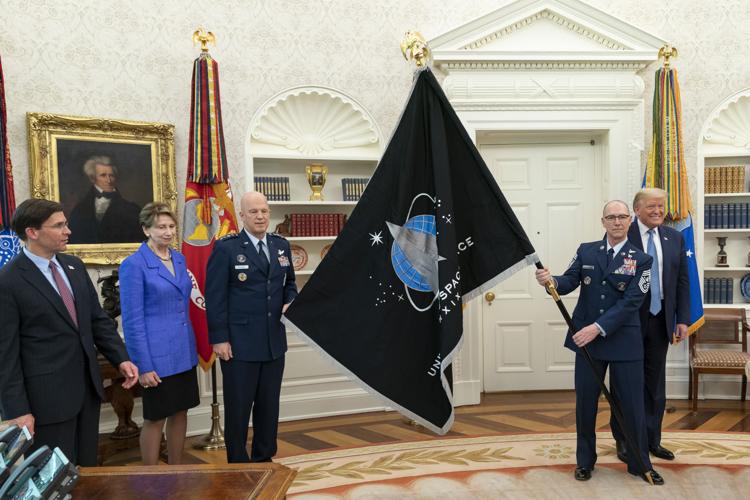
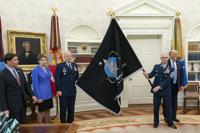
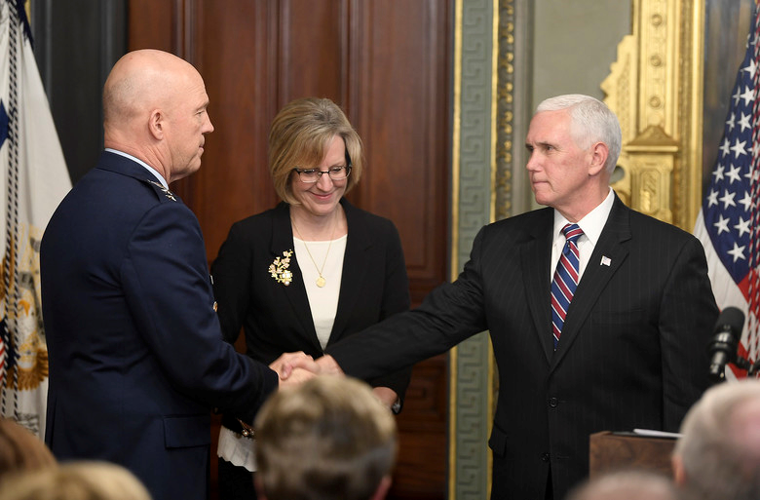
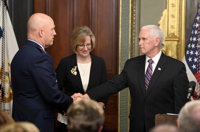

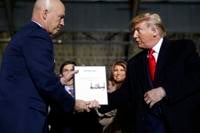


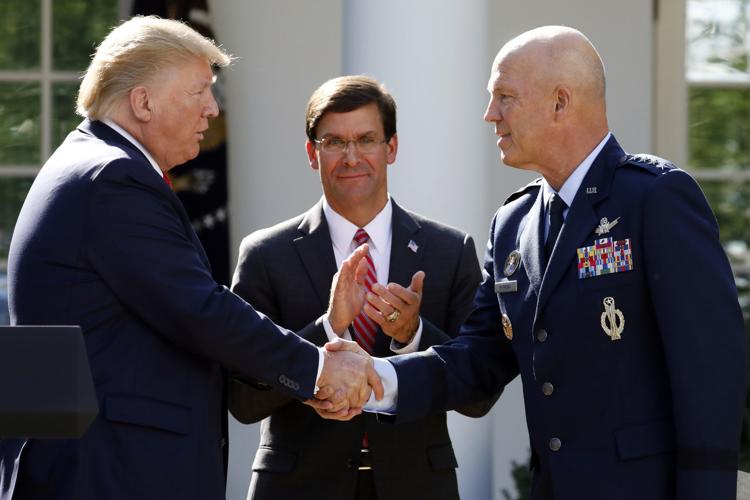
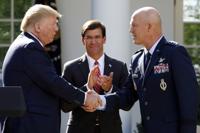

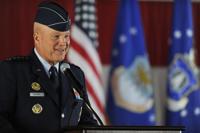

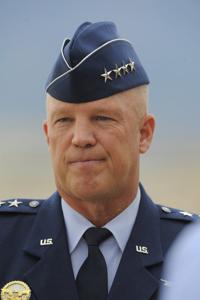

 Your Privacy Choices
Your Privacy Choices